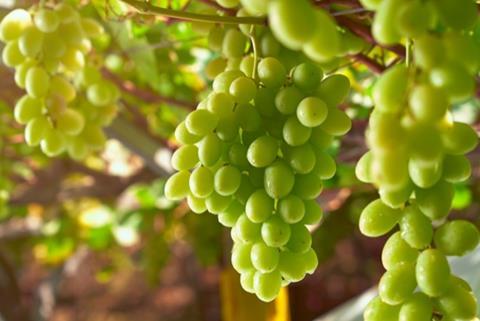As the 2025/26 season approaches, preliminary projections point to further growth in both volume and value

Expectations are running high ahead of the 2025/26 Peruvian table grape export season, which is expected to officially begin in October. According to Fresh Fruit Peru, preliminary forecasts are pointing to a 9 per cent increase in FOB value.
“In a negative scenario, influenced by weather or an international oversupply, the increase could be limited to 5 per cent, but if trade and production conditions align favourably, the sector could achieve up to 15 per cent growth, surpassing US$2.3 bn in exports and reaffirming Peru’s hegemony in the global table grape market,” the consultancy said.
Peru has risen up the global rankings to become the world leader in table grape exports, displacing traditional competitors such as the US and Italy.
“This leadership is based on a comprehensive strategy that combines the widespread adoption of highly productive licensed varieties, an aggressive varietal shift toward white seedless grapes, precision water management in arid zones – which has transformed Piura into one of the most recognised production regions worldwide – and a commercial strategy focused on the most profitable windows, especially for the US market,” Fresh Fruit Peru said.
Today, Peru not only leads the global table grape ranking in volume and FOB value – with export campaigns already exceeding US$2bn – but has also managed to diversify its reach, sending grapes to more than 40 markets worldwide.
Globally, the fresh table grape trade exceeds US$12bn annually, with the US, European Union, and China the three biggest consumption hubs. However, increasing competition and downward pressure on prices are forcing Peruvian exporters to optimise every link in the chain: from varietal planning and phytosanitary control to port logistics and negotiations with international supermarkets.
Like other other suppliers, Peru is also dealing with the risks posed by climate change, with key production regions like Piura particularly vulnerable to phenomena such as El Niño or La Niña, which can affect sizes, quality, and volumes. At the same time, increased volumes from direct competitors like Chile (up 14 per cent last season) and China (up 21 per cent) is putting downward pressure on prices in key markets.
“Peru’s main strength has been understanding consumers and the varieties they want,” Fresh Fruit Peru said. “Varietal change has been, and will continue to be, the main tool for competition. In the last decade, the percentage of hectares planted with patented varieties has increased from 16 per cent to almost 75 per cent, with more than 60 export varieties adapted to global trends, where the preference for white seedless grapes predominates.”



